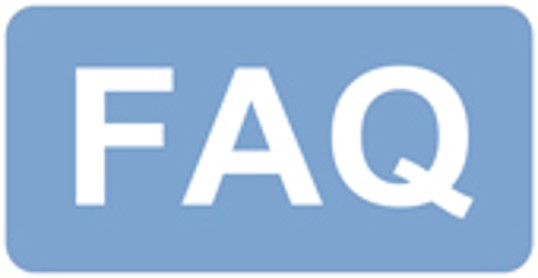- GESTIS Substance Database
- GESTIS Biological Agents Database
- GESTIS-Stoffenmanager®
- ISi information system for safety data sheets
- GESTIS - Analytical methods
- GESTIS - International limit values for chemical agents
- GESTIS DNEL list
- GESTIS - Scientific criteria documents
- GESTIS-DUST-EX
- Exposure database MEGA
FAQ - Frequently asked questions

Source: DGUV
What are "Reference DNELs"?
ECHA’s Committee for Risk Assessment (RAC) may establish "Reference DNELs" for substances of very high concern (SVHC) which are subject to authorisation. Reference DNELs are not legally binding values. The independent experts of RAC are appointed by ECHA's Management Board based on nominations by the EU Member States.
Why are there several data sets for some substance entries?
The DNELs are established by the manufacturer/importer of the substance on his own responsibility. If there are several manufacturers/importers for one and the same substance and they do not coordinate their entries, different DNELs may be registered with the European Chemicals Agency (ECHA). These are presented without comment side by side in the DGUV DNEL list.
Which substances are marked "carcinogenic" in the DNEL list?
In the "Remarks" column of the DGUV DNEL list, substances are marked "carcinogenic" that are classified in Annex VI of the Regulation (EC) 1272/2008 or by the manufacturer/importer (registration data) as H350 or H350i and/or are listed in cancer categories 1A or 1B in the German "List of carcinogenic, mutagenic and reprotoxic substances" (TRGS 905).
Can DNELs be established for carcinogenic substances?
According to REACH and the relevant guidance documents, DNELs are levels of exposure below which a substance does not adversely affect human health, i.e. they are health-based assessment benchmarks. According to this definition, DNELs can only be established for certain carcinogenic substances. These are those carcinogens for which a "toxicological threshold" can be derived. Which of the carcinogens in the DNEL list actually satisfy this condition can only be decided by experts with reference to the available scientific data.
Why is there no “Link to the Substance" for some substances?
Substance data sheets can only be generated for substances that are readily amenable to chemical definition. For products and mixtures that are inadequately defined chemically, no datasheets are available.
Are the DNELs checked scientifically by ECHA?
The DNELs posted by the manufacturers/importers of the registered substances are initially published unchecked on the website of the European Chemicals Agency (ECHA). Under the European chemicals regulation REACH, ECHA has to evaluate 5% of the registration dossiers for compliance with requirements. Checking a DNEL is possible, but it is not listed as a priority according to which the dossiers are to be selected. Because the process is still in its infancy, most DNELs will probably not have so far undergone independent quality controls. The very few "Reference DNELs" are special cases. They are established by ECHA’s Committee for Risk Assessment (RAC) for substances of very high concern (SVHC) which are subject to authorisation. The Committee consists of independent experts, who are appointed by ECHA's Management Board based on nominations by the EU Member States.